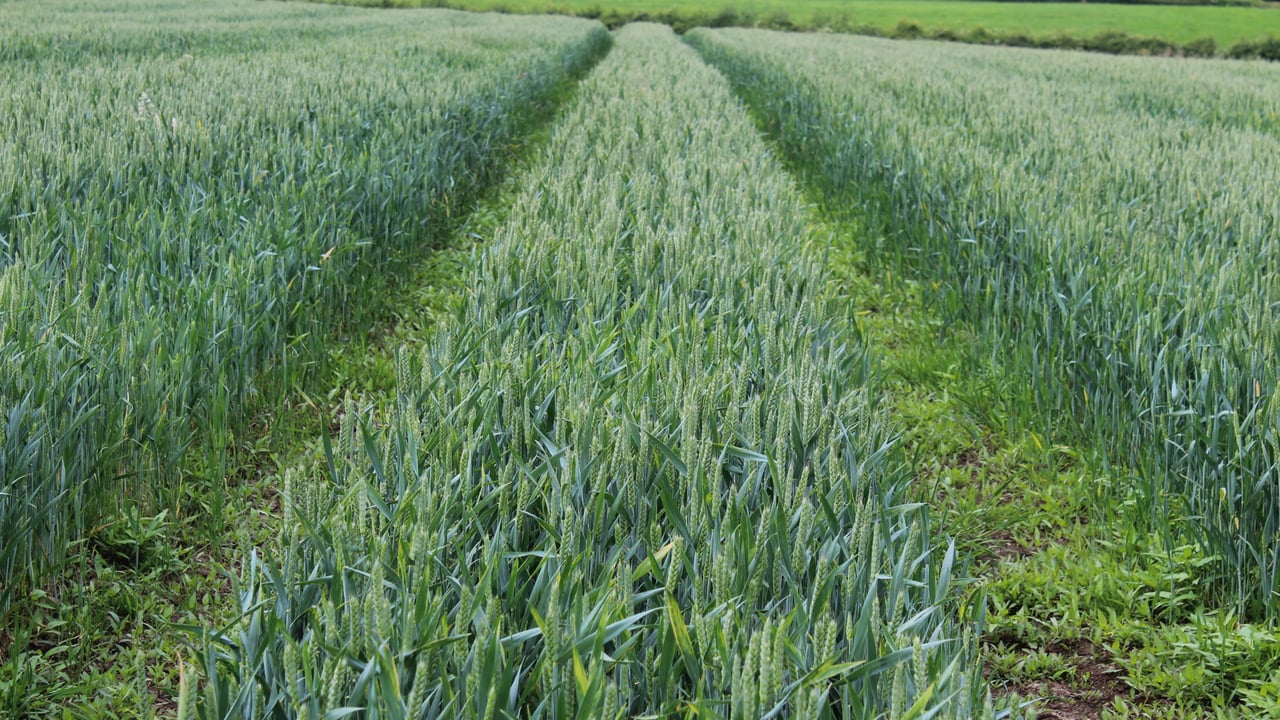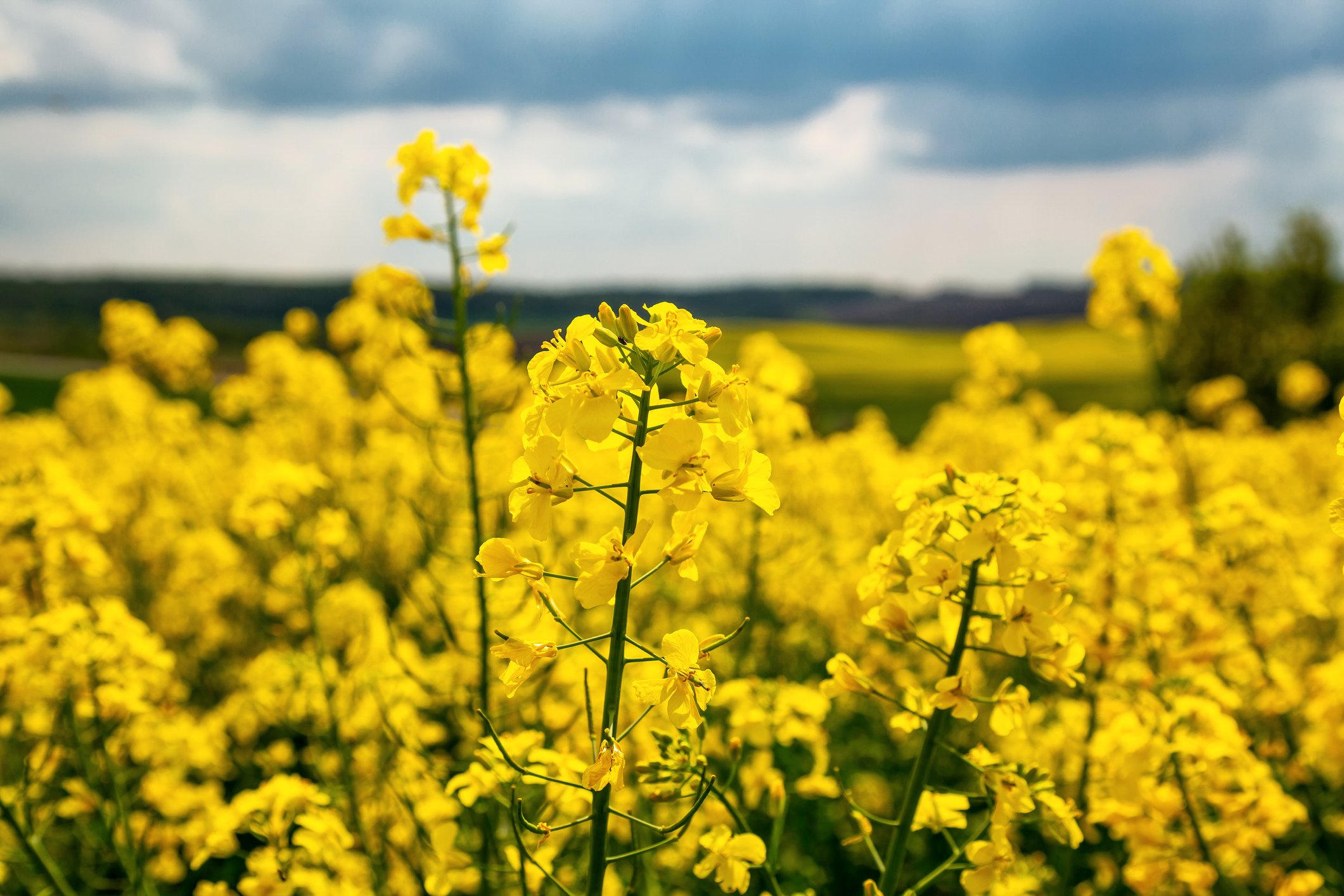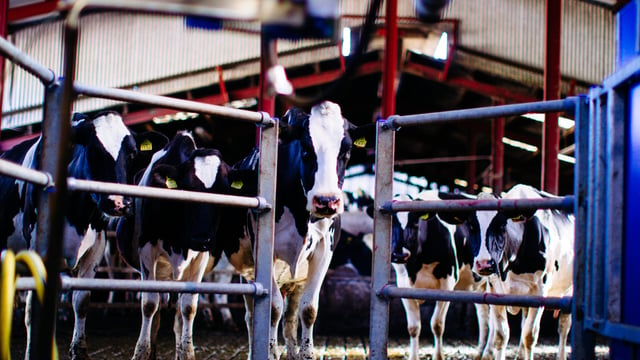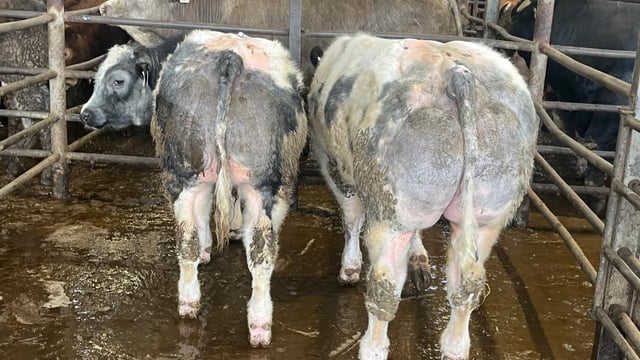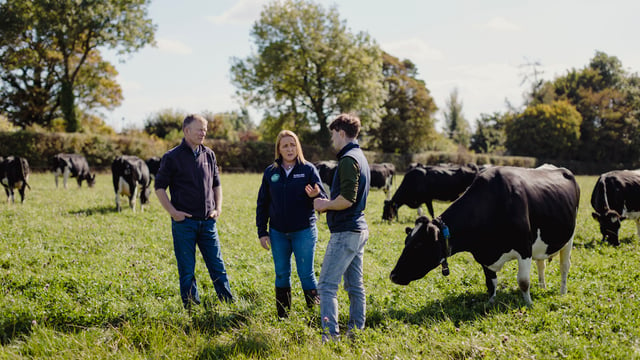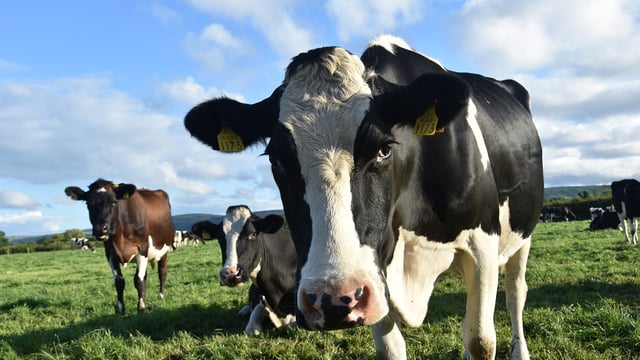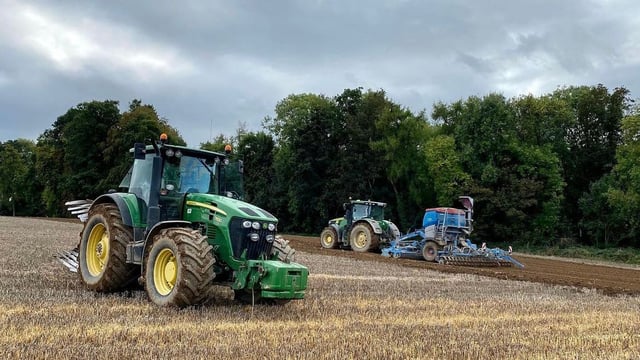Tillage: Potential for winter cereals to bring high yields this year
There is a general consensus that most crops of winter cereals and oilseed rape are entering the spring of 2025 in tremendous shape.
Plant numbers are high and ample tillering is evident and the potential for these crops to deliver high yields later in the year is now clear.
But, as is always the case, not everything is ‘rosy in the garden’. Later sown winter wheat crops are quite thin in many parts of the country.
They will need a little bit of extra ‘TLC’ over the coming weeks.
Additionally, pigeon grazing has ravaged winter rape crops, particularly across southern counties. But, here again, plant numbers have remained exceptionally high.
A crop update from Teagasc to coincide with a series of recent farm walks confirmed the tremendous potential of most cereal and rape crops to deliver for growers in 2025.
Winter wheat
Plant counts are mainly good, except where slug grazing has been a problem. Crop management decisions at this stage should be on the basis of plant counts.
First nitrogen should be applied to crops before the middle of March. Additional phosphate and potash should be applied in line with projected yields.
Significantly, organic manures can help offset chemical fertiliser requirements.
In cases where a herbicide was not used last autumn, weed control in winter wheat will be a priority at this stage.
Winter oilseed rape
Most rape crops are well established at this stage. However, Green Area Index (GAI) values are extremely variable, due to the level of pigeon grazing.
As a consequence, total applied nitrogen levels and timing should be based on GAI figures
As a rule of thumb, growers should target a GAI value of around 3.5 at the start of flowering in order to maximise yield.
Foliar nitrogen can help fill pods, if applied at the start of flowering.
Winter oats
Teagasc is reporting that some early drilled winter oats have suffered frost damage. Nitrogen should be applied in a 50:50 strategy between growth stage 30 and growth stage 32.
This approach gives the best balance between final yield and grain quality.
Recent research indicates that oat crops have a significant capacity to produce large numbers of grain per panicle in order to make up for low plant numbers.
The best stem shortening effect will come from growth promoters applied at growth stage 32.
A spring herbicide will have to be applied to the majority of winter oat crops in 2025.

